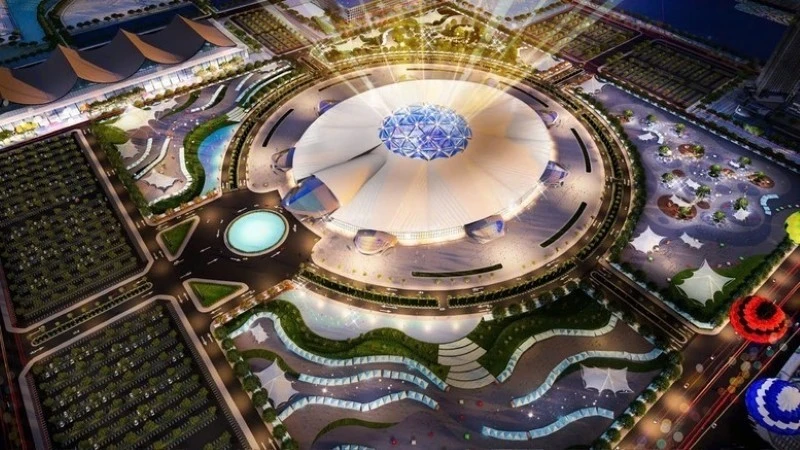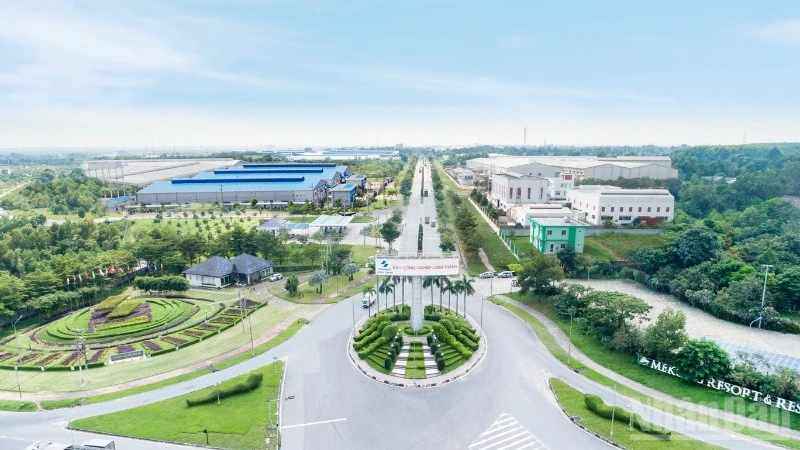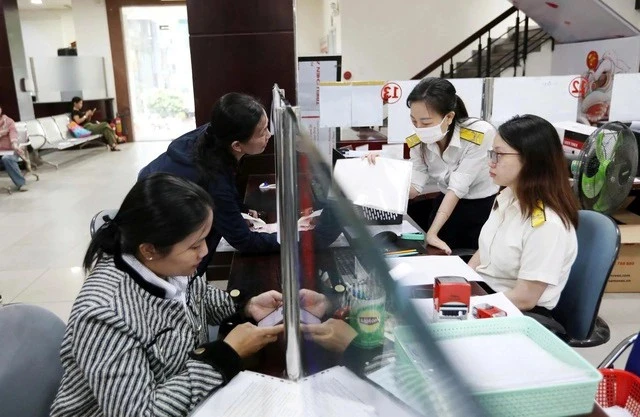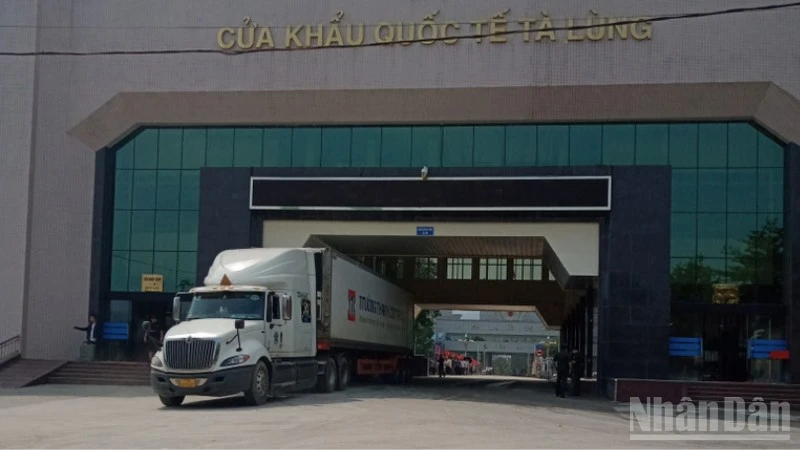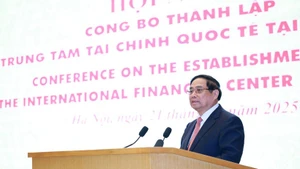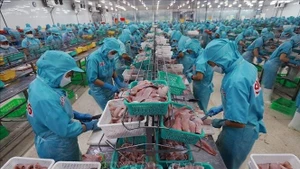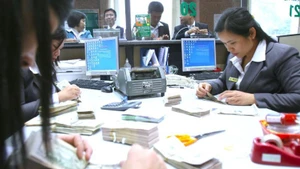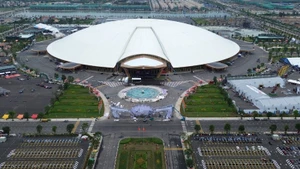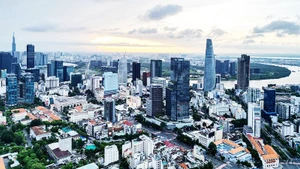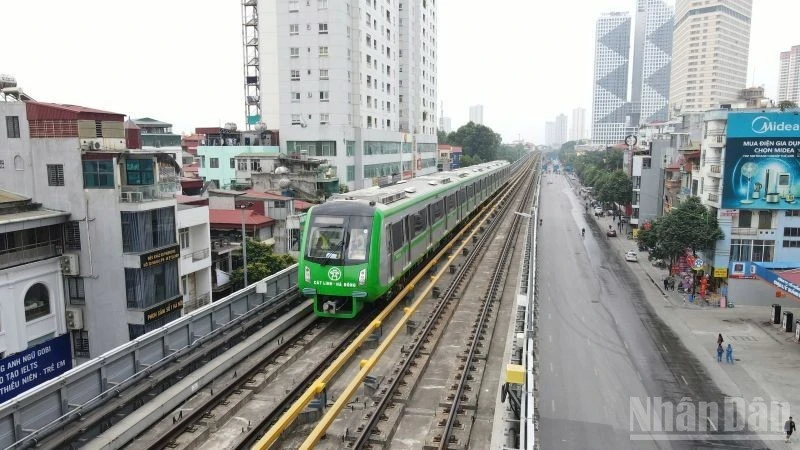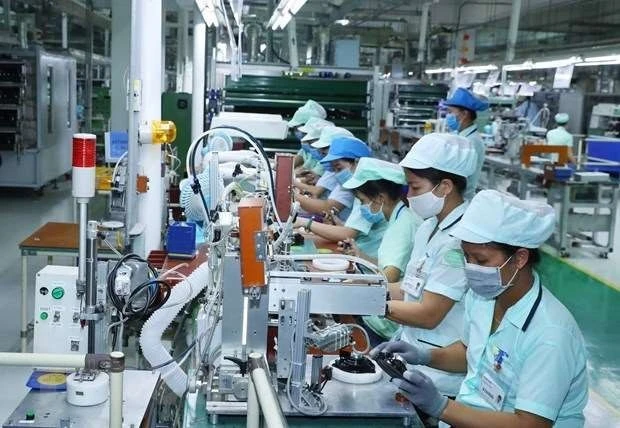On August 19, 2025, the groundbreaking and inauguration ceremonies for 250 large-scale projects were held nationwide to celebrate the 80th anniversary of Viet Nam’s National Day (September 2, 1945 – 2025). The main venue was at the Viet Nam National Exposition Centre in Dong Anh Commune, Ha Noi, connected via live broadcasts and on-site ceremonies at major projects across the country.
Strategy to trigger spillover effects
Dr. Nguyen Quoc Viet, a public policy expert at the University of Economics, Viet Nam National University, Ha Noi, noted that the Government’s choice of August 19, 2025, to simultaneously launch and inaugurate a series of flagship projects carries profound strategic significance.
He emphasised that this was not merely a symbolic initiative to commemorate the 80th National Day, but also a forward-looking move for socio-economic development — reaffirming Viet Nam’s determination to rise in the new era.
The event also sent a strong message to domestic and international businesses about Viet Nam’s commitment to expediting strategic infrastructure development and improving the investment climate, thereby generating momentum and confidence in the country’s ability to deliver on its national development goals. This, in turn, fostered national pride and unity across society.
Among the 250 projects drawn from 34 provinces and cities, 17 ministries, and 18 state-owned corporations and groups, 89 projects were completed and ready for inauguration, while 161 were prepared for groundbreaking.
The higher proportion of groundbreaking projects compared to completed ones reflects the Government’s strategic vision: not only summarising past achievements but also establishing a strong foundation for long-term growth. This marks the beginning of a new phase of robust investment in infrastructure and priority economic sectors in the coming years.
The investment structure is also noteworthy, highlighting a strong public–private partnership approach and Viet Nam’s ability to attract international capital. State funding accounted for 37% of total investment, with 129 projects valued at 478 trillion VND.
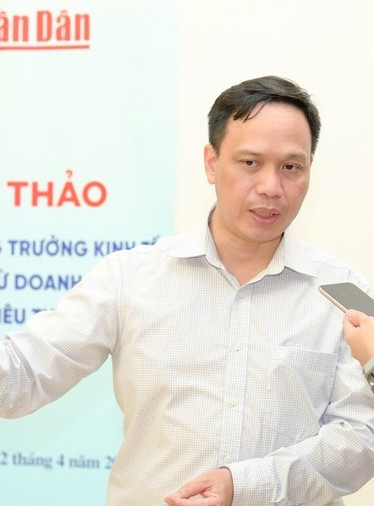
Meanwhile, capital from other sources, including private investment and foreign direct investment (FDI), accounted for a larger share, making up 63% of total investment, equivalent to 802 trillion VND across 121 projects. The predominance of non-state capital highlights Viet Nam’s proactive efforts to mobilise diverse resources for development projects, thereby reducing pressure on the state budget.
In terms of economics, channelling a significant volume of state capital into key projects will directly accelerate public investment disbursement, serving as a true engine for economic growth in 2025 and beyond, while also playing a guiding role in spurring private sector investment.
The Ministry of Construction projects that these 250 initiatives will contribute more than 18% of national GDP in 2025, and over 20% in subsequent years. This remarkable GDP contribution underscores the expectation that these projects will be the main growth drivers of the economy, not only in the short term but also in the long run.
This represents a strategy designed to trigger spillover effects, generating a positive investment cycle and fostering economic restructuring toward modernisation. The Government’s strong political will is expediting project approval and implementation, thereby improving the pace of public investment disbursement — an area often plagued by delays.
The projects are also expected to significantly enhance connectivity among key economic regions, reducing transportation time and costs, thereby promoting trade, tourism, and goods circulation. They will help attract high-tech FDI and leverage the expertise, technologies, and advanced management practices of foreign investors, thereby raising growth quality, facilitating economic restructuring toward modernisation, strengthening competitiveness in production, and ensuring energy security.
This allocation reflects the Government’s commitment to inclusive and sustainable development, with the aim of improving living standards and ensuring social welfare. A notable focus is the launch of social housing initiatives, smart urban developments, projects to enhance the quality of education, healthcare, culture, and sports services, as well as initiatives to promote Viet Nam’s tourism image.
The groundbreaking and inauguration of 250 large-scale projects thus serves not only as a celebration of Viet Nam’s 80th National Day but also as a powerful declaration of the nation’s development path: a country firmly committed to rapid, sustainable growth, underpinned by social stability and the mobilisation of diverse resources.
This is a positive signal to investors and international partners about a dynamic Viet Nam - determined, capable, and ready to deliver on its ambitious development goals — opening a new era of strong national advancement.
Expanding the growth space
According to Dr. Le Duy Binh, Managing Director of Economica Viet Nam, the 250 groundbreaking and inaugurated projects represent a total investment of approximately 1.28 quadrillion VND, equivalent to more than 10% of Viet Nam’s GDP.
With such scale, once fully disbursed, these projects will directly contribute to aggregate demand in the economy, thereby fuelling GDP growth and supporting the Government’s high growth targets for this year and the years to come.
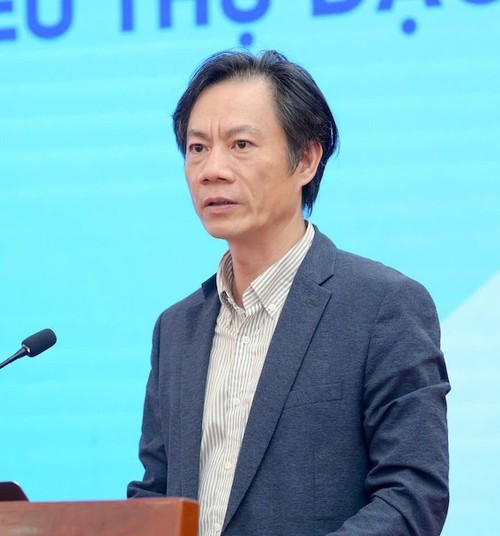
Beyond their immediate contribution to GDP growth, the projects, spanning 34 provinces and cities and focused on essential infrastructure, will broaden the economy’s growth space. They will strengthen connectivity among economic regions and growth hubs, lower logistics costs, and link resource and production areas to domestic markets.
As a result, Viet Nam’s economic competitiveness will continue to improve, while business costs will decline significantly. The expanded growth space, enhanced regional connectivity, and strengthened competitiveness will in turn strongly stimulate private investment across all provinces and cities nationwide.
It is particularly noteworthy that this investment package includes a substantial share of private and socialised capital. This demonstrates how state budget funds are increasingly playing a catalytic role in mobilising private and social resources for infrastructure projects and other initiatives vital to the country’s socio-economic development across multiple sectors.
The projects and works are the clearest testament to the Government’s decisive governance, as well as the strong engagement of ministries, agencies, and localities in completing project identification, appraisal, approval, implementation, and execution procedures.
This determination is reflected in the way public investment disbursement results are treated as a key criterion for assessing task completion and evaluating officials. Disbursement of public investment capital is viewed as a central, urgent mission to stimulate growth and ensure the macroeconomic balances of the economy.
That spirit of determination is further reinforced by institutional improvements in public investment, particularly the Law on Public Investment, which took effect on January 1, 2025, introducing breakthrough, reform-oriented regulations that enhance decentralisation and delegation of authority.
Assessing the impact of this event on the country’s socio-economic development goals, Nguyen Thi Huong, Director General of the General Statistics Office, emphasised that the simultaneous groundbreaking and inauguration of nearly 250 projects carries not only great political and social significance but also serves as a critical boost for national economic growth. Against the backdrop of the Government’s 2025 GDP growth target of 8.3–8.5%, public investment and key projects are among the main driving forces in achieving this goal. Accelerated disbursement of investment capital will help realise the Government’s growth objectives.
The 2025 public investment plan is substantial, exceeding 900 trillion VND, up more than 40% from actual disbursement in 2024. This surge in investment is expected to stimulate growth in related industries such as construction, manufacturing, building materials production, and transportation.
Calculations suggest that if 100% of this year’s public investment capital is disbursed, GDP growth could increase by more than 2 percentage points. As of the end of July 2025, disbursed State Budget capital was estimated at around 40.7% of the annual plan.
This means that to achieve the 100% target by year’s end, over 59% of the plan must be executed within the remaining five months — requiring an average monthly disbursement of nearly 12%. This is a highly challenging task that demands decisive direction from ministries and localities, along with strong determination from project owners and contractors, to accelerate progress while ensuring quality and efficiency.

The impact of these projects is expected to be significant across multiple dimensions. Specifically, project implementation will drive up demand for inputs such as construction materials (cement, steel, sand, stone), machinery and equipment, as well as supporting services (transportation, consulting, design).
Growth in these sectors will directly contribute to national GDP. The projects will also create numerous jobs in construction, engineering, services, and technology. Rising incomes will fuel higher domestic consumption, which in turn spurs production and trade.
The completion of transport, energy, industrial park, and urban projects will help reduce logistics costs, accelerate the circulation of goods and services, and support businesses in expanding production. Modern infrastructure is a key factor in attracting high-quality FDI, driving industrialisation, technological innovation, and economic restructuring.
With its massive capital scale and wide coverage across sectors and regions, the 250 projects launched and inaugurated to mark the 80th National Day on September 2 serve both as a short-term stimulus and as a long-term foundation for boosting productivity and competitiveness of Viet Nam’s economy.
If implemented effectively and disbursed on schedule, these projects will act as a high-speed springboard to ensure full disbursement of the 2025 public investment plan, making an important contribution to achieving GDP growth of over 8% in 2025.
